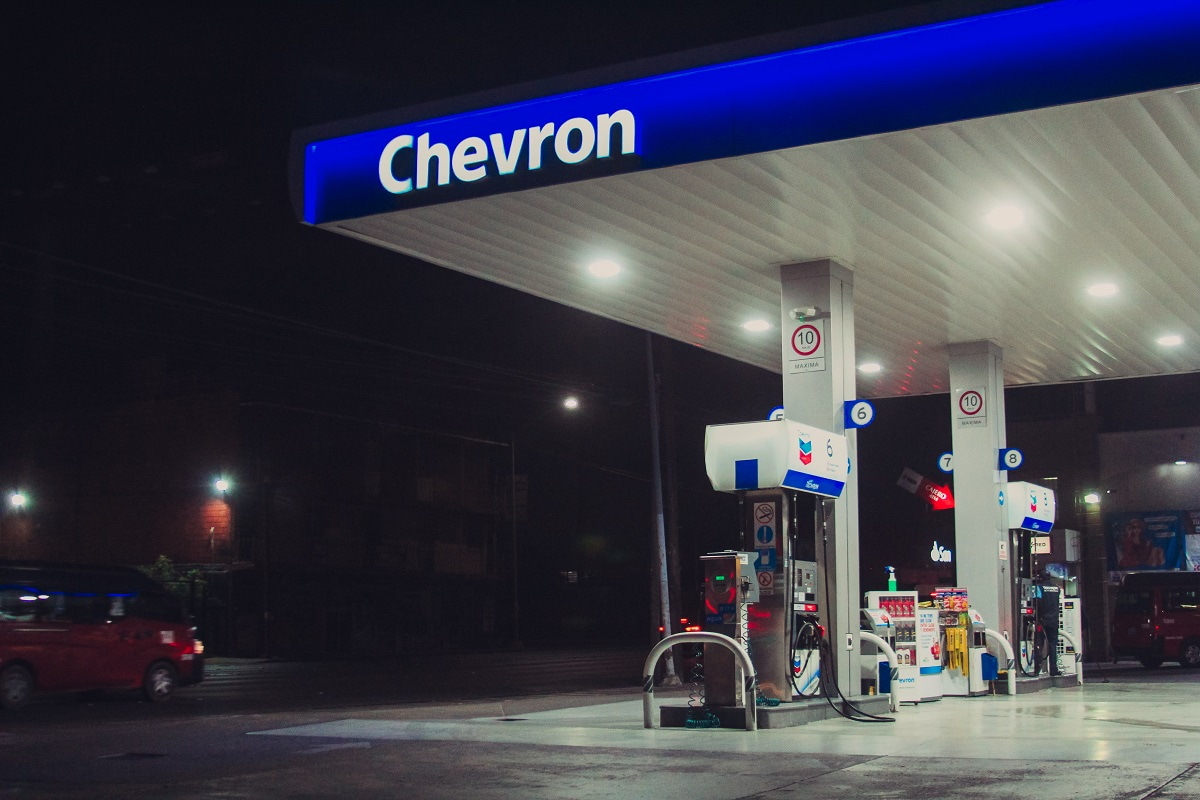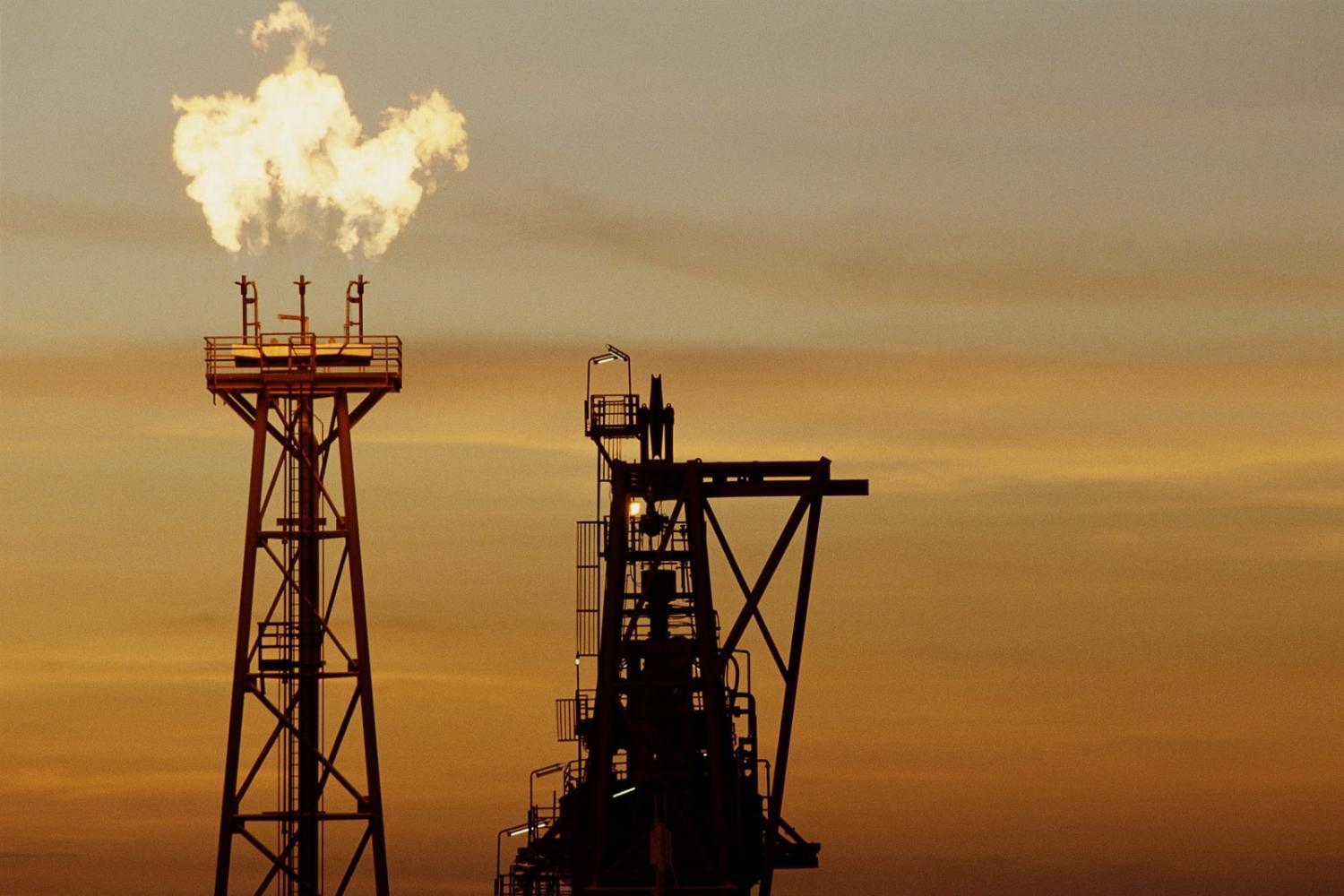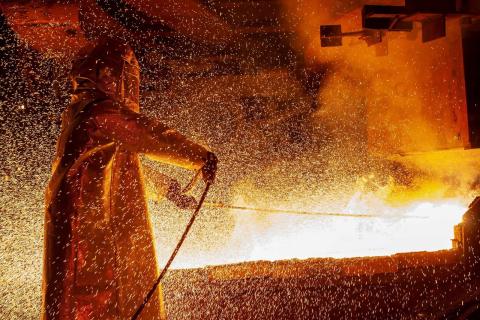Battered by sea and wind, and eventually destroyed by economics, much of Australia’s offshore oil and gas structures are coming down. The latest estimates from the Centre of Decommissioning Australia, an independent body focused on the challenge of aging infrastructure, put the value of the work in Australian waters at US$40 billion (AU$58.5 billion) in a massive long-term exercise that will stretch well into the next decade for existing infrastructure and probably beyond.
About 60 per cent of this activity will take place off the coast of Western Australia, and most of the rest in Bass Strait. For instance, after delivering energy for more than 50 years, Esso is in the process of dismantling up to 17 platforms and associated subsea facilities, pipelines and wells after years of planning.
Meantime, decommissioning work in the wider Asia-Pacific region, let alone in the rest of the world, will dwarf what is happening in Australia. According to the International Association of Oil and Gas Producers, 200 offshore wells in Southeast Asia alone will stop producing by 2030 and cost between US$30 billion and $100 billion to decommission.
Some countries face bigger bills than others. Between them, Malaysia and Indonesia boast 85 per cent of Asia’s 1750 offshore oil and gas assets. According to a study by Norton Rose Fulbright, most of these have already been in operation for 20 years or more and are rapidly approaching what is technically known as cessation of production (CoP).
Similarly, Brunei Darussalam has nearly 150 substantial installations lying within 200 nautical miles of its coastline that are 20 years or older. Although production at some fields can be stretched out to 35 years or more, all this infrastructure will have to be dealt with in the next decade.
This is a global issue. Currently, more than 70 per cent of the world’s oil and gas production comes via ageing infrastructure built over mature fields that are rapidly approaching their economic limit. In an early 2023 study, the Commonwealth Secretariat explained the sheer size of decommissioning obligations: “It is estimated that more than 50,000 offshore wells and 10,000 offshore structures will be decommissioned worldwide, along with hundreds of thousands of onshore wells, facilities and sites.”

The numbers are still guesstimates and, in fact, continue to increase by the year. “As an illustration of the increasing activity, the offshore decommissioning market alone is expected to grow from US$2.4bn in 2015 to US$13bn per year by 2040,” notes the Secretariat. No less bullish, recent projections by HTF Market Intelligence, the global offshore decommissioning agency, assume a compound annual growth rate of more than 25 per cent between now and 2028. For its part, Norton Rose Fulbright estimates expenditure of US$210 billion by 2040.
And that’s just offshore decommissioning. There are hundreds of thousands of onshore wells and connected facilities that are yet to be plugged and many of these are “orphan” wells that their operators have abandoned after they ran dry. Canada, for example, has 95,000 inactive wells and there are concerns most of these may become orphans.
As all the parties grapple with the task, there are two big problems: what is the best way of pulling down these enormous structures, and what is the best way of paying for it.
Plug and abandon
Simply put, decommissioning requires the safe plugging and abandonment of oil and gas wells, removal of all above-water structures, restoration of the surrounding areas, and preferably the recycling of all the removed material. As we race towards the end of the 100-year domination of fossil fuels in the provision of energy, it becomes ever more urgent to find solutions for rapid, low or even zero-polluting dismantling procedures.
And everybody’s learning. The Commonwealth Secretariat pointed out recently in its fine analysis of the looming problems: “Relative to other oil and gas activities, decommissioning is at an infancy stage with limited country and company experience. Decommissioning carries significant environmental and safety risks which should be factored across the entirety of a project’s life cycle.”
Citing as an example Indonesia, where production-sharing contracts covering many concessions are about to expire, Norton Rose Fulbright says that greater clarity in relation to decommissioning regimes is urgently needed. In Indonesia, but also in other jurisdictions, there are unresolved conflicts over whether it is the government or the operator who should foot the bill for decommissioning, which is ultimately a loss-making activity.
Most current estimates of decommissioning costs are subject to considerable uncertainty and almost always turn out to be more than expected. That’s why regulators in the United States and the United Kingdom are beginning to demand that operators set aside decommissioning budgets even before they start extracting oil and gas as well as explaining exactly how they intend to bring the structures down.
The Commonwealth Secretariat is in full agreement: “In many jurisdictions the regulatory and liability frameworks for decommissioning are weak – ultimately posing significant risk to the public and the taxpayers. The energy transition and growing bankruptcy rates in the sector are increasing the decommissioning risks to countries.”
Closer to home, Australia was left with the bill when in 2019 it was forced to assume responsibility for the Laminaria and Corallina oil fields after owner Northern Oil & Gas Australia went into liquidation. A controversial levy on the industry was imposed in 2021. And the New Zealand government is on the hook for nearly US$400 million (AU$610 million) for the Tui field and a production vessel after operator Tamarind Taranaki went belly up. A loophole in the law has since been addressed.
Trouble-free
Australia is aiming for trouble-free decommissioning through a collaborative process similar to the one applying in the North Sea. CODA has brought together the big operators – Chevron, Woodside Energy, Santos, Esso, BHP and others – along with suppliers, advisers, regulators and consultants.
Between them they will address a huge and complex network of infrastructure. Consultancies have identified more than 1000 wells, 57 fixed platforms and 11 “floaters” – no less than 237,000 tonnes of topside (mainly steel). Nearly all of these now redundant structures sit in the Indian Ocean and Great Australian Bight, particularly in the North Carnarvon field.
Australia may yet provide the model for offshore decommissioning.

